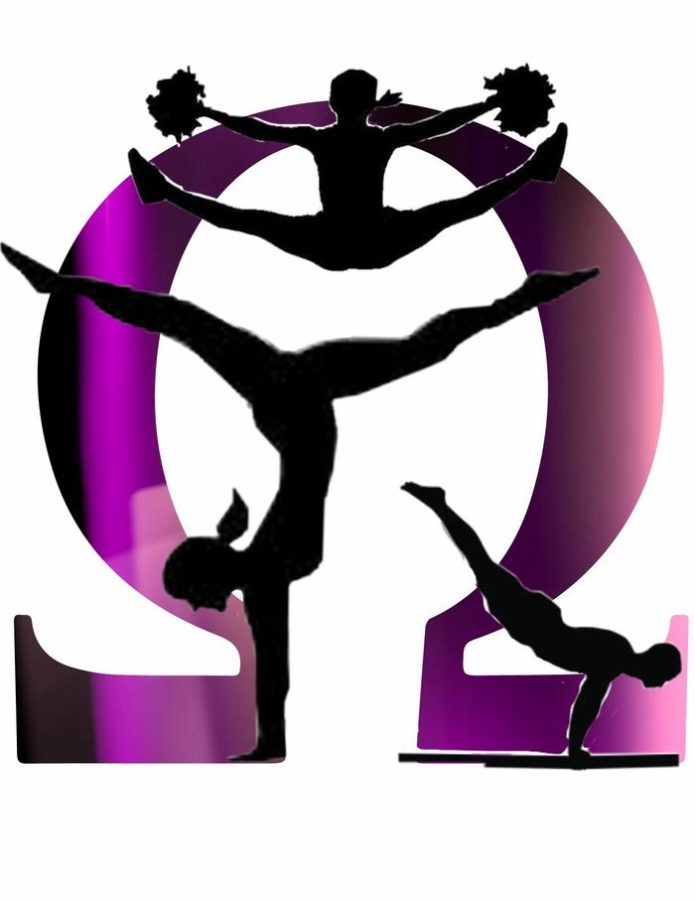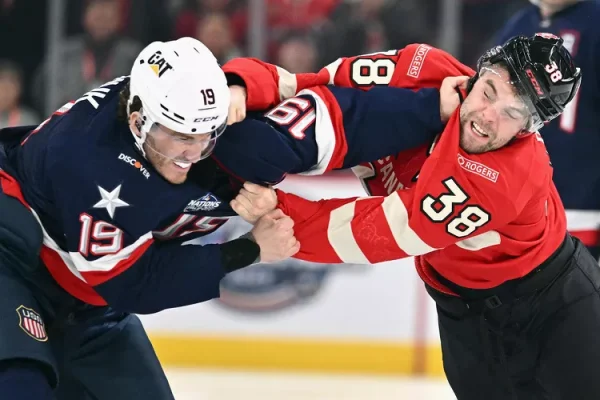Are Gymnastics, Cheer, and Dance Sports?
Time and time again, many have argued whether or not gymnastics, cheerleading, and dance should be considered sports. Gymnastics is recognized as an Olympic sport, so there is little room to argue that it is not one. But competitive cheerleading and dance have room for debate. There is a level of athleticism needed for all three and the training required is huge. The hardest part of determining whether or not these activities are considered sports is the level of art put forward as the result of training.
In all three sports, there is a performance that is scored. Just like in figure skating, which is considered an Olympic sport, routines are given a score. While that is widely known about gymnastics, people forget that about dance and cheer. In competitive dance, each judge scores dances out of 100; in cheer, routines are scored on aspects like pyramid, stunt difficulty and execution, and tumbling. Unlike sports such as basketball or baseball, there are people deciding how well you do rather than points attributed to whether you score a basket or not. This makes people believe that these activities are not sports since humans are the deciding factor and not a point system, which causes these activities to seem less credible in their eyes. However, this rarely takes into account the human error that referees can exhibit and how their perspectives can greatly affect the outcome of a game.
Another factor that many people tend to forget about is the amount of athleticism needed for these activities. Dancers and cheerleaders spend hours training, practicing skills and technique as well as working together and trusting each other in a team setting to get ready for competitions. Competitive dancers can train 15+ hours a week. This is even more than most other team sports that only go for 2 hours after school some days. All these hours are physically and mentally demanding. Especially at a high school competitive level, the strain dancers put on their bodies preparing for competitions is high and includes many injuries. There is the argument to be made that traditional sports like soccer, football, and baseball put a higher level of strain on players and therefore require more athleticism. It is clear to see that both types of activities demand effort from the body.
An impressive part about both these activities, as well as gymnastics, is that they are performance based. This means that while they have to have perfect technique in which they are scored on, they also have to be perfectly in sync with all the other people on their team and make sure that they have the facials and emotions to go with it. A local dance studio owner, Shana Bonetti of EPIC Dance Company stated, “I think that competitive dance is a sport, we train as athletes… what we put forward is art, so therefore it makes it controversial on whether it’s a sport or a form of art…I think that dance, competitive dance, is 100% a sport.” The artistic freedom does come into play but in the end, they are judged on technique, difficulty of routines, execution, and how well it was performed. All of those categories also come into play with gymnastics and ice skating. Another good example as to the team aspect of dance and cheerleading is synchronized swimming, which does have artistic freedom as well as the team aspect, and it is also an Olympic sport.
Overall, the athleticism put into competitive dance and cheerleading shows that they are sports. They are scored just like many other sports and they have artistic freedom, performance quality, and technique as well. They are extremely talented athletes and their sport puts forward artwork as a result of their hard work and training. Despite the arguments against it, sports like dance, cheer and gymnastics are just as rigorous, time-consuming, but also fun for those who choose to dedicate their time to do so.





